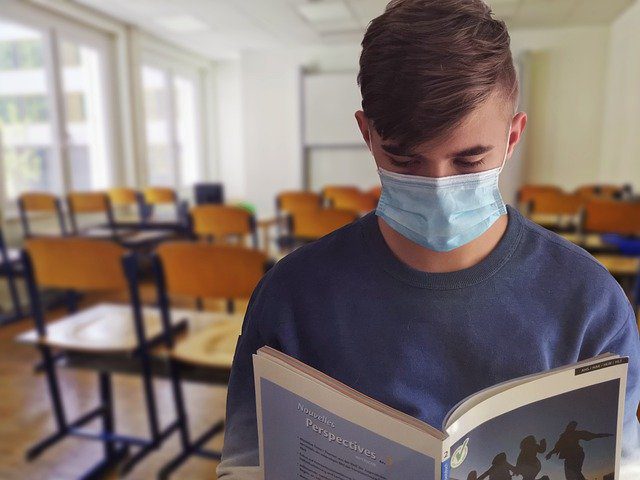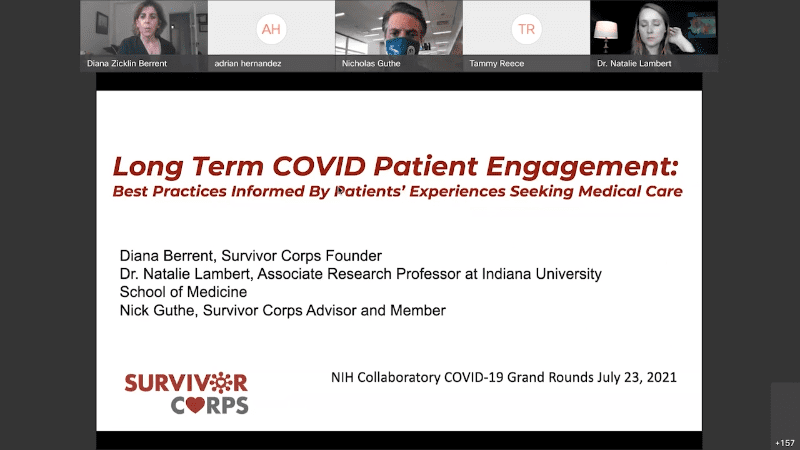
ONS: Prevalence of Long Haul symptoms following coronavirus (COVID-19) infection in the UK
Among a sample of over 20,000 study participants who tested positive for COVID-19 between 26 April 2020 and 6 March 2021, 13.7% continued to experience symptoms for at least 12 weeks. This was eight times higher than in a control group of participants who are unlikely to have had COVID-19, suggesting that the prevalence of ongoing symptoms following coronavirus infection is higher than in the general population.
Over the four-week period ending 6 March 2021, an estimated 1.1 million people in private households in the UK reported experiencing long COVID (symptoms persisting more than four weeks after the first suspected coronavirus (COVID-19) episode that are not explained by something else).
The estimates presented in this analysis relate to self-reported long COVID, as experienced by study participants, rather than clinically diagnosed ongoing symptomatic COVID-19 or post-COVID-19 syndrome. There is no universally agreed definition of long COVID, but it covers a broad range of symptoms such as fatigue, muscle pain, and difficulty concentrating.
Self-reported long COVID symptoms were adversely affecting the day-to-day activities of 674,000 people in private households in the UK, with 196,000 of these individuals reporting that their ability to undertake their day-to-day activities had been limited a lot.
Of people with self-reported long COVID, 697,000 first had (or suspected they had) COVID-19 at least 12 weeks previously, and 70,000 first had (or suspected they had) COVID-19 at least one year previously.
Prevalence rates of self-reported long COVID were greatest in people aged 35 to 69 years, females, those living in the most deprived areas, those working in health or social care, and those with a pre-existing, activity-limiting health condition; however, it is not possible to say whether these patterns are because of differences in the risk of coronavirus infection or susceptibility to experiencing long COVID following infection.
These estimates provide a measure of the prevalence of self-reported long COVID across the whole population, and reflect both the risk of being infected with coronavirus and the risk of developing long COVID following infection; to investigate the second of these components, we examined the duration of self-reported symptoms following confirmed infection.
Of study participants who tested positive for COVID-19, symptom prevalence at 12 weeks post-infection was higher for female participants (14.7%) than male participants (12.7%) and was highest among those aged 25 to 34 years (18.2%).
Image by StockSnap from Pixabay





